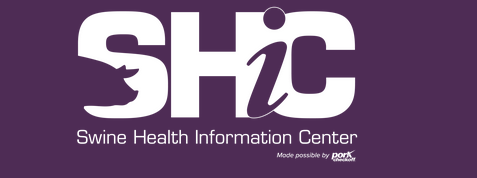

Farmscape for February 27, 2023
| Full Interview 6:27 | Listen   |
The Executive Director of the Swine Health Information Center suggests the identification of African Swine Fever in wild boar in Greece is a prime illustration of how the infection is moving in eastern Europe. The identification of two dead African Swine Fever infected wild boar in Greece highlights SHIC’s February global swine disease surveillance report. Dr. Paul Sundberg, the Executive Director of the Swine Health Information Center and a member of the Swine Innovation Porc Coordinated African Swine Fever Research Working Group, notes ASF hadn’t been in Greece since 2020.
Clip-Dr. Paul Sundberg-Swine Health Information Center:
The expectation is, the reports are that that is the movement of wild boar from those countries in the north down into Greece. I think that’s probably an illustration of the continued activity of ASF, especially in eastern Europe. As well, another example is in South Korea. Wild boar continue to move, wild boar continue to harbor the virus and serve as a reservoir of infection and it’s very difficult to control those animals because they are out in the wild and there’s no way to make sure that you’ve got every one of them and so it’s an extremely difficult thing. That’s probably the headline for the African Swine Fever movement for the last month or so. The wild boar continue to be active, they continue to be infective, they continue to be a nidus of infection. The same thing happened in South Korea. Wild boar were discovered in South Korea, the same issue and so I think that’s probably one of the things of emphasis for ASF at this time for this report.
Dr. Sundberg says, given the experience in Europe, we know that if African Swine Fever gets into a feral pig population it may be extremely difficult to take out.
For more visit Farmscape.Ca. Bruce Cochrane.
*Farmscape is produced on behalf of North America’s pork producers





